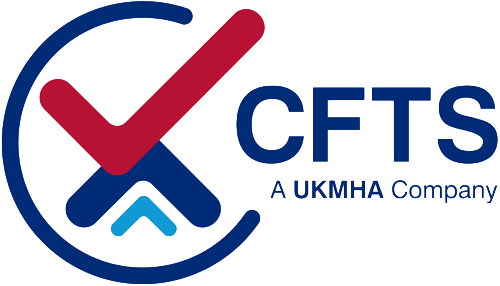What’s in your examiner's toolbox?
29 September 2023
If they haven’t got the proper kit, your inspection might not be legit
Industry accrediting body CFTS is urging employers to look at the kit being used by inspectors during Thorough Examinations on their work equipment.
“Not all inspections are created equal,” warns Geoff Martin, Chairman of CFTS. “Unfortunately, some inspectors will do the bare minimum, and won’t use the right tools for the job, leading to vague measurements, and parts being replaced unnecessarily.
“The tools an inspector uses are a good indication of how detailed the inspection will be. If they are intending to genuinely inspect all safety-critical components – as required by LOLER and PUWER regulations – they will require a wide range of specialist tools. And those tools should be designed to deliver accurate, replicable measurements that reveal the exact increments of wear.”
A properly equipped examiner, such as a CFTS-accredited Thorough Examination provider, should carry:
Professional Fork Wear Gauge: Precisely measures the percentage of wear (between 0-10%) on fork heels.
Professional Chain Wear Gauge: Accurately measures leaf chain and roller chain wear by indicating the percentage of elongation. This will show you how close your chains are to needing a replacement.
Digital or manual vernier caliper: Uses a calculation formula to measure wear on fork heels.
Fork wear caliper: Checks fork angle, fork hooks and fork blade maximum wear (only 10% and above).
Digital angle protractor and set square: Measures fork angles to ensure damaged or bent forks do not go beyond manufactured limits (typically +/- 3 degrees).
Other kit typically carried by a CFTS-accredited examiner (and very few others) includes: a harness for working at height, truck blocks to secure equipment, torches to inspect defects, UV torches for crack detection, toe jacks for better access, rachet straps to secure masts and forks, mast blocks for checking wear on mast pivot brushes and for securing equipment during steering inspections, cones or barriers to ensure inspections take place in segregated areas, rulers, and tape measures.
“CFTS-accredited examiners will provide detailed paperwork that outlines everything that has been checked, with measurements, so you can see the amount of wear for yourself,” adds Geoff. “This ensures complete transparency and peace of mind that your truck has been checked in detail.”
